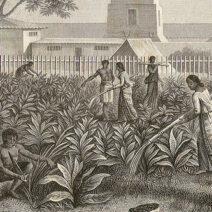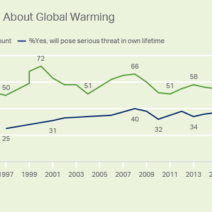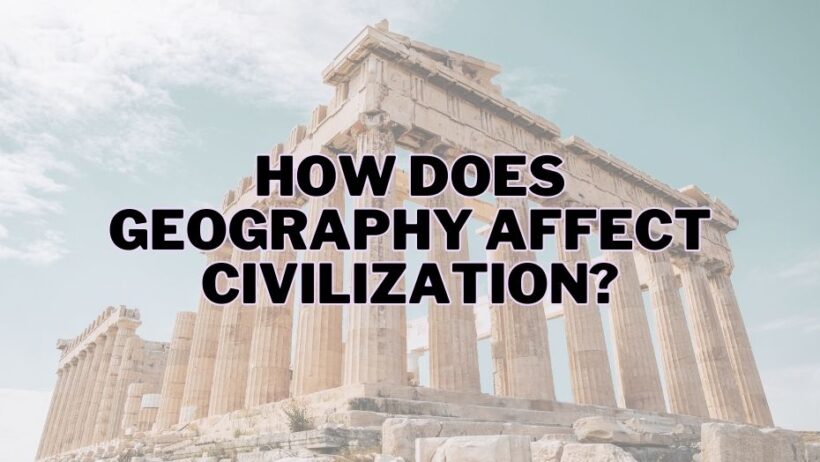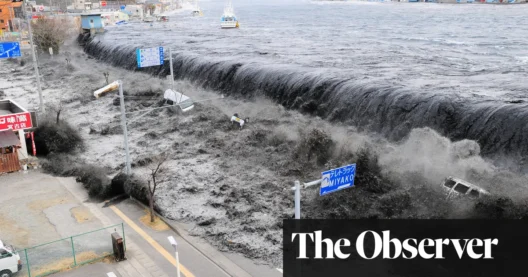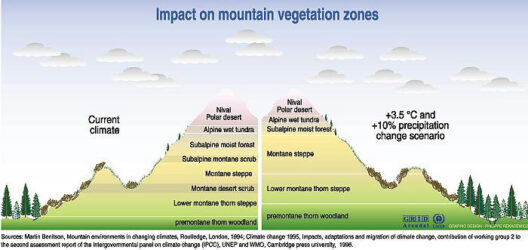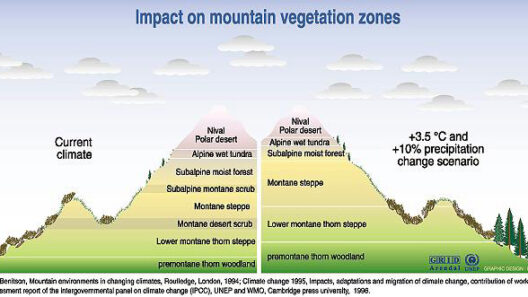Geography and climate act as the unseen puppeteers of civilization, tugging on the strings of human endeavor, culture, and societal formation. Like a vast tapestry, the interplay of landforms, climate zones, and ecological niches intricately weaves the fabric of societies, influencing their evolution and shaping the trajectory of their development. Understanding how these elements interact provides profound insights into the nature of civilization itself.
At the most fundamental level, geography is the stage upon which the drama of human existence unfolds. Mountains, rivers, and valleys govern the movements of people and the establishment of communities. For instance, consider the fertile crescent, often dubbed the cradle of civilization. This region, nestled between the Tigris and Euphrates rivers, provided early humans with fertile soil, abundant water, and a hospitable climate for agriculture. The agriculture that burgeoned in this locale not only fed populations but forged complex social structures and trade networks, fostering the emergence of sophisticated societies.
In contrast, arid deserts and frozen tundras present formidable challenges that shape societal characteristics in stark ways. The nomadic tribes of Sahara, with their intricate knowledge of seasonal winds and scarce resources, exemplify human resilience in inhospitable climates. Their survival hinges on an intimate relationship with the harsh environment, demonstrating how necessity carves out lifestyles and survival strategies. In such landscapes, civilization evolves not through the abundance of resources, but through innovation and adaptation.
Moreover, waterways—such as rivers and coastlines—serve as lifelines for civilizations, facilitating trade, communication, and cultural exchange. The extensive network of rivers in ancient Egypt not only enabled the transportation of goods but also linked various communities, creating a cohesive cultural identity. Conversely, isolated societies, such as those on Pacific islands, developed unique cultural attributes thanks to their geographic seclusion, leading to rich traditions and practices that might otherwise fade in more interconnected regions. This duality illustrates how geography can create both interconnected webs and isolated pockets of civilization.
Climate is another paramount influence on civilization, dictating patterns of agriculture, settlement, and lifestyle. The Mediterranean climate, characterized by hot, dry summers and mild, wet winters, has historically yielded an abundance of crops. This agricultural bounty facilitated the rise of city-states such as Athens and Rome, fostering a culture that cherished philosophy, art, and governance. In contrast, the unpredictable monsoons of South Asia dictate agricultural cycles, creating seasonal rhythms that shape both agricultural practices and social structures. The impact of such climatic nuances goes beyond mere agriculture; they permeate cultural practices, festivals, and even spiritual beliefs.
A striking metaphor arises when considering civilization as a tree, with geography as the roots and climate as the soil. Strong roots anchor the tree, providing stability and nourishment, while the quality of the soil allows the tree to flourish or wither. Without fertile soil, even the most robust roots struggle to sustain life. Similarly, societies reliant on favorable climatic conditions thrive, whereas those in adverse climates must innovate or face existential challenges. This metaphor encapsulates the essence of how deeply intertwined geography and climate are in shaping the human experience.
However, as the climate undergoes significant transformations due to anthropogenic factors, the precarious balance between geography, climate, and civilization faces unprecedented challenges. Rising sea levels threaten coastal cities, while desertification poses dire risks for agrarian societies. The unique attributes of geographic regions are becoming increasingly vulnerable. Consequently, the adaptability that has characterized human civilization throughout history is now put to the test. Communities must navigate the complexities of climate change, often with limited resources and inadequate support systems.
As we stand at the nexus of geography, climate, and civilization, one cannot overlook the profound lessons embedded in historical patterns. The fall of empires often correlates with environmental degradation or climatic shifts. The Roman Empire, for instance, encountered significant challenges as climate patterns shifted, leading to agricultural decline and social unrest. These historical precedents serve as compelling reminders that sustainability and awareness of environmental limits are non-negotiable pillars for the longevity of human societies.
In a manner of speaking, embracing the wisdom of geography and climate equips us with tools for a sustainable future. Understanding the nuances of our land can guide urban planning, agriculture, and resource management, allowing society to thrive in harmony with its environment. The intricate relationship between civilization and the planet is a delicate dance, and it is imperative that we learn to respect this rhythm to ensure the vitality of future generations.
In conclusion, the interplay between geography and climate molds the essence of civilization itself. Each mountain, river, and climatic zone serves as both a barrier and a bridge, shaping the way societies are structured, how they interact, and ultimately, how they thrive or decline. As stewards of this intricate relationship, understanding the roots of our existence through geography and climate fosters a deeper appreciation for the interconnectedness of all life on Earth. The preservation of civilization may well hinge on our ability to listen to and learn from the land that cradles us.

